
Are you ready to transform your architectural practice with a wardrobe that not only protects and supports but also enhances your professional image?
At Landmarks Architects, we recognize the critical role that attire plays in your success. Our goal is to assist you in optimizing your outfit, encompassing both safety essentials and professional attire, to ensure you project confidence and competence.
In this article, we will explore:
- The essentials of an architecture outfit
- How to enhance functionality without compromising style.
- Real-life examples and case studies of successful architects and firms
Explore our exploration of architecture outfits and discover how to refine your wardrobe for success in every aspect of your profession.
What does the term “Architectural Outfit” Mean?
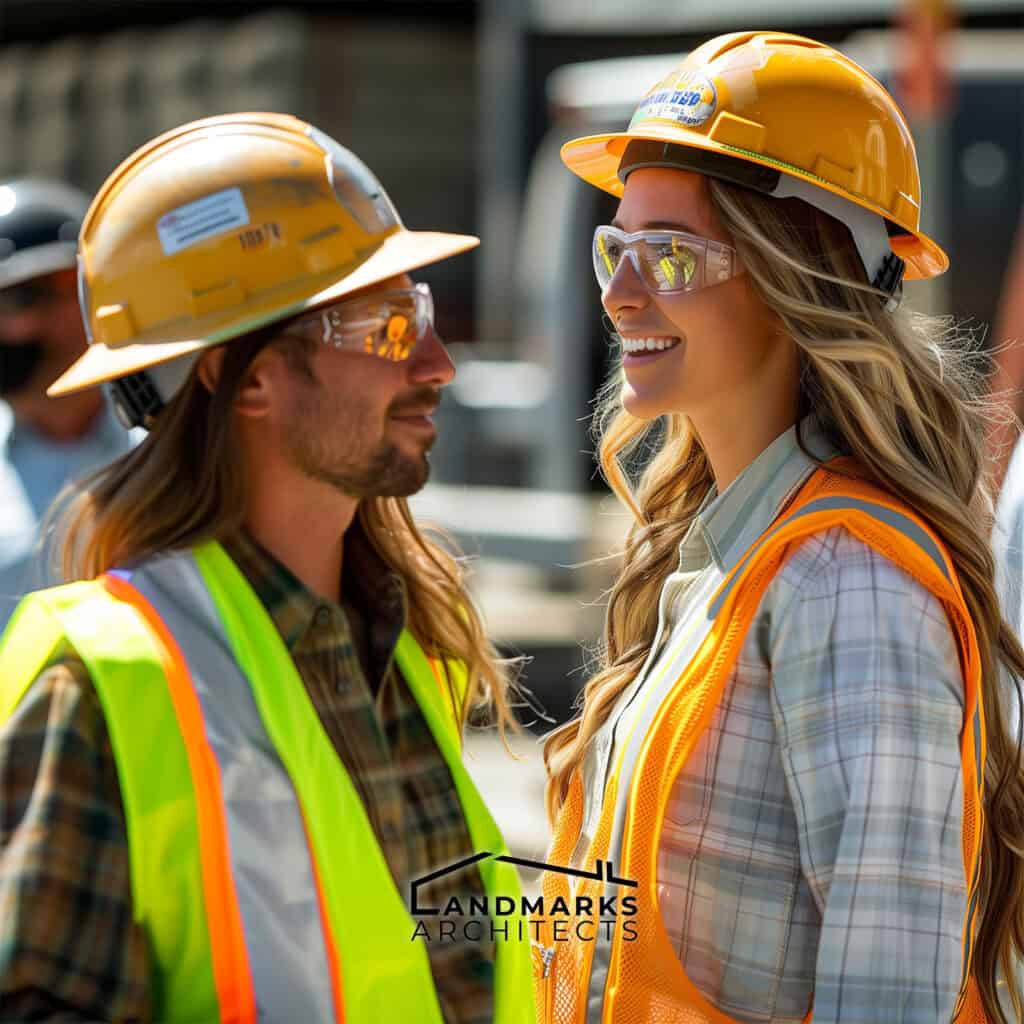
The term “architecture outfit” refers to the clothing and gear that architects wear on the job. This includes hard hats, safety glasses, and other protective equipment, as well as clothing that is comfortable and appropriate for the job site.
In the world of architecture, having the right outfit is not only a matter of safety and comfort but also a matter of professionalism. A well-dressed architect sends a message to clients and colleagues that they are serious and committed to their work. Additionally, a professional outfit can help architects feel confident and focused, which can lead to better design work.
3 Reasons Why Your Architecture Outfit Matters
1. Functionality
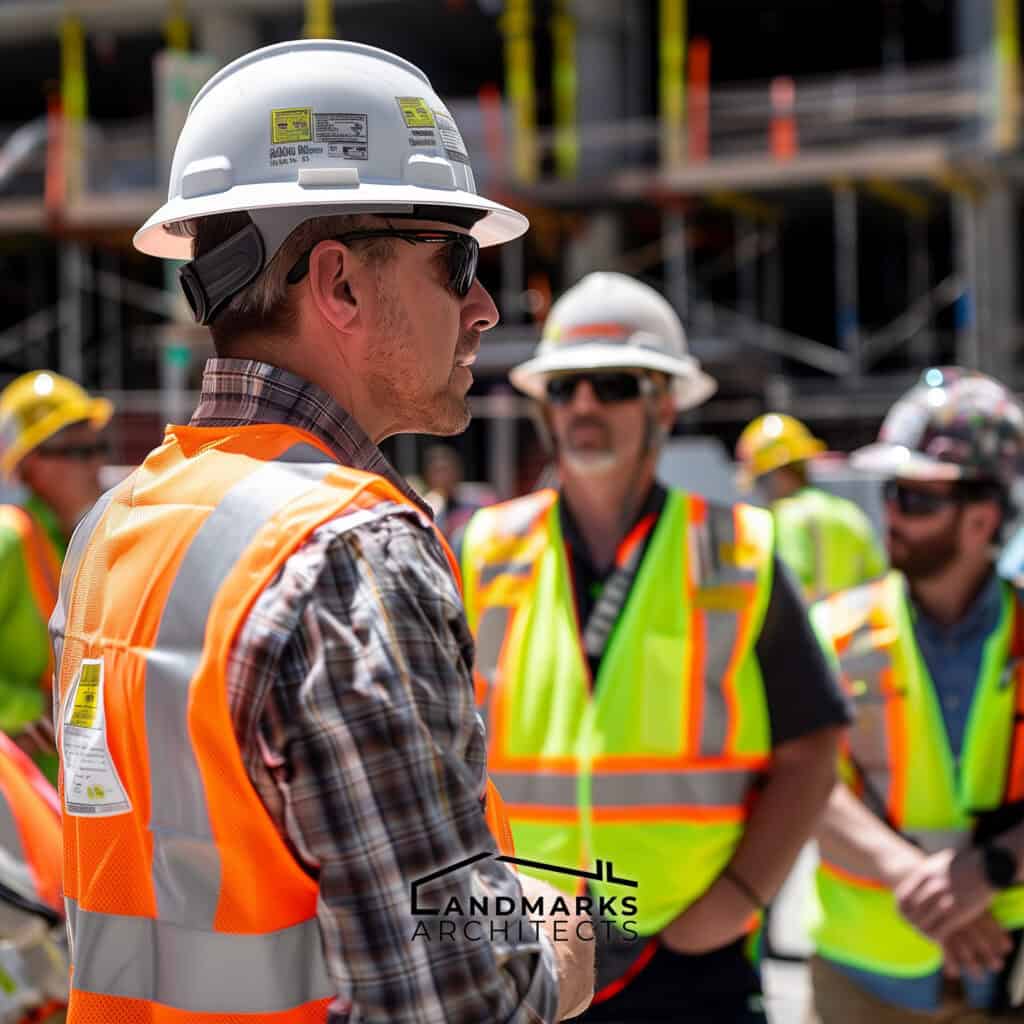
Functionality is crucial in architecture. Architects need outfits that allow easy movement during site visits and meetings, supporting tasks like sketching, measuring, and client interactions. Design-specific clothing and accessories help them work efficiently and comfortably all day.
2. Safety
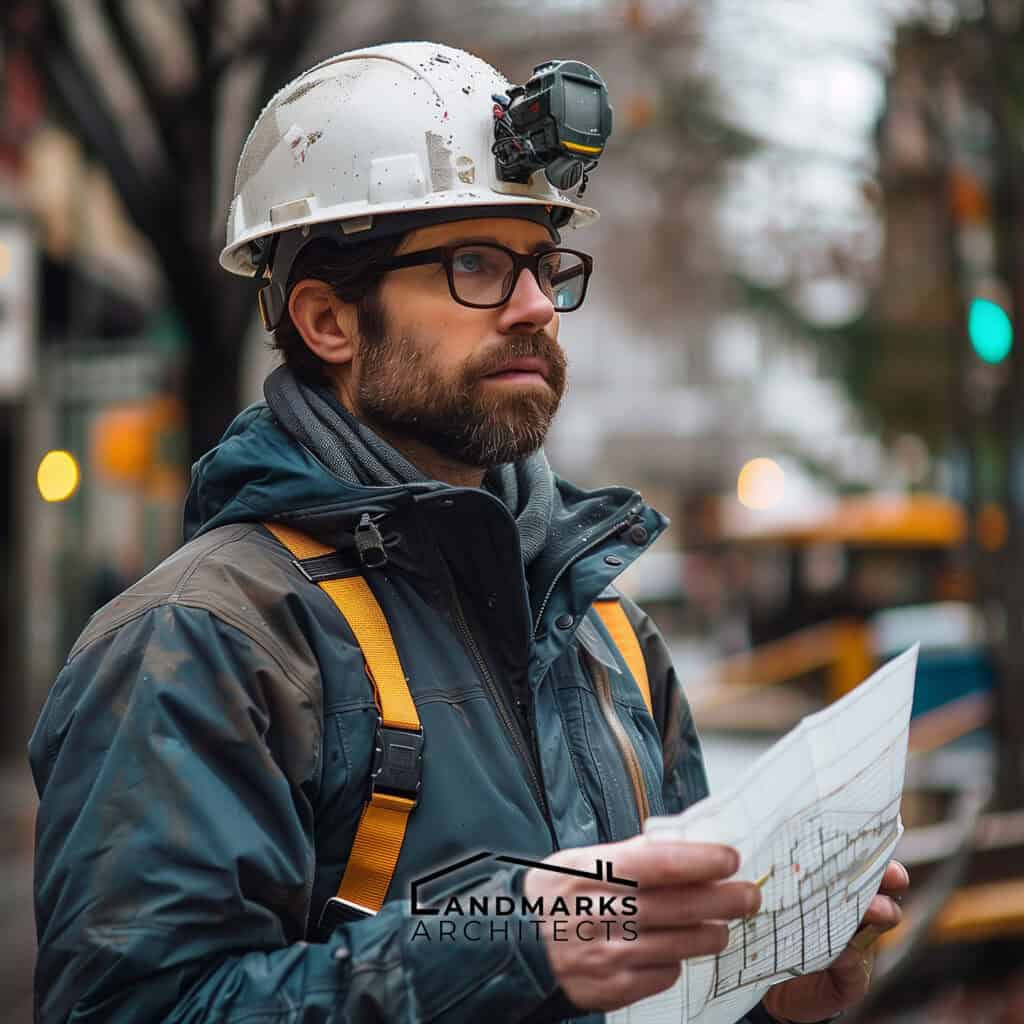
Safety is paramount on construction sites and during site inspections. Architects must wear gear like hard hats, high-visibility vests, and sturdy footwear to adhere to safety protocols. These precautions protect architects from hazards and underscore their commitment to workplace safety, essential in professional practice.
3. Professional Image
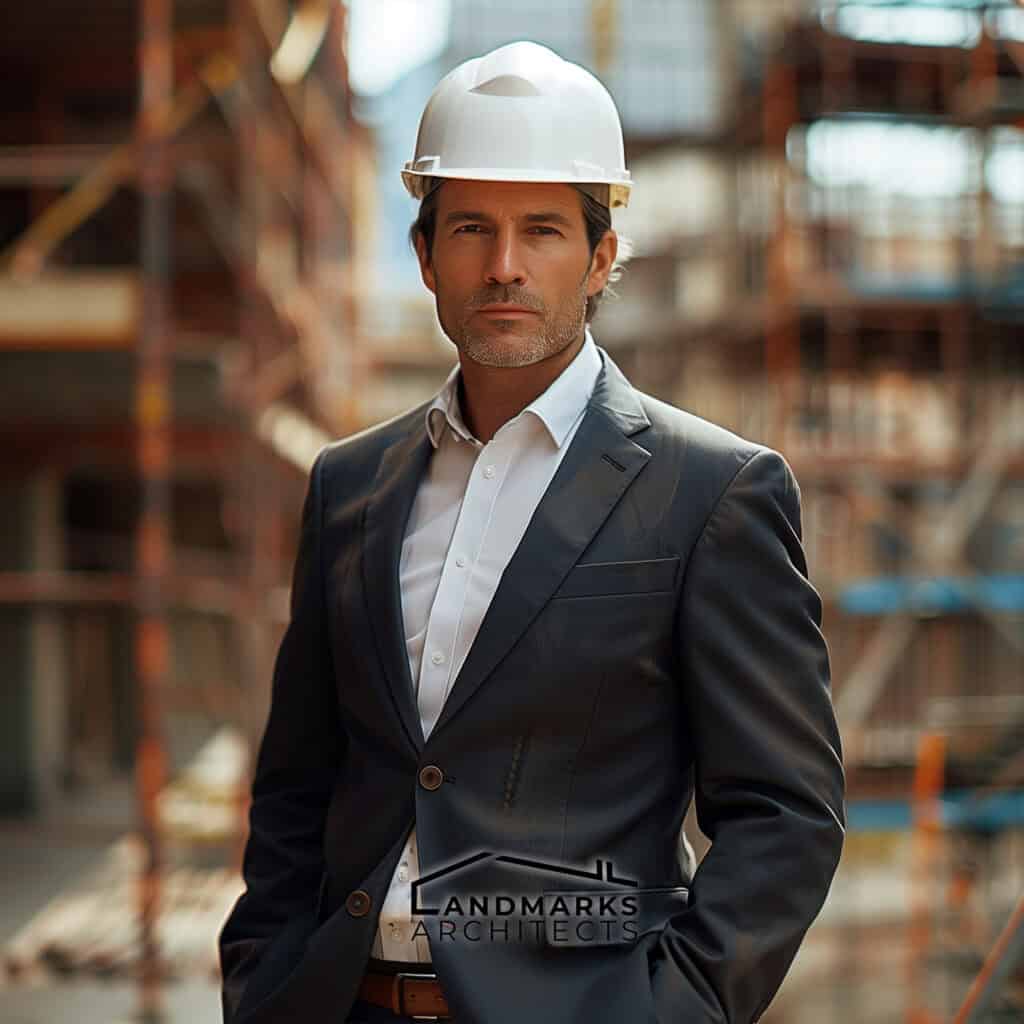
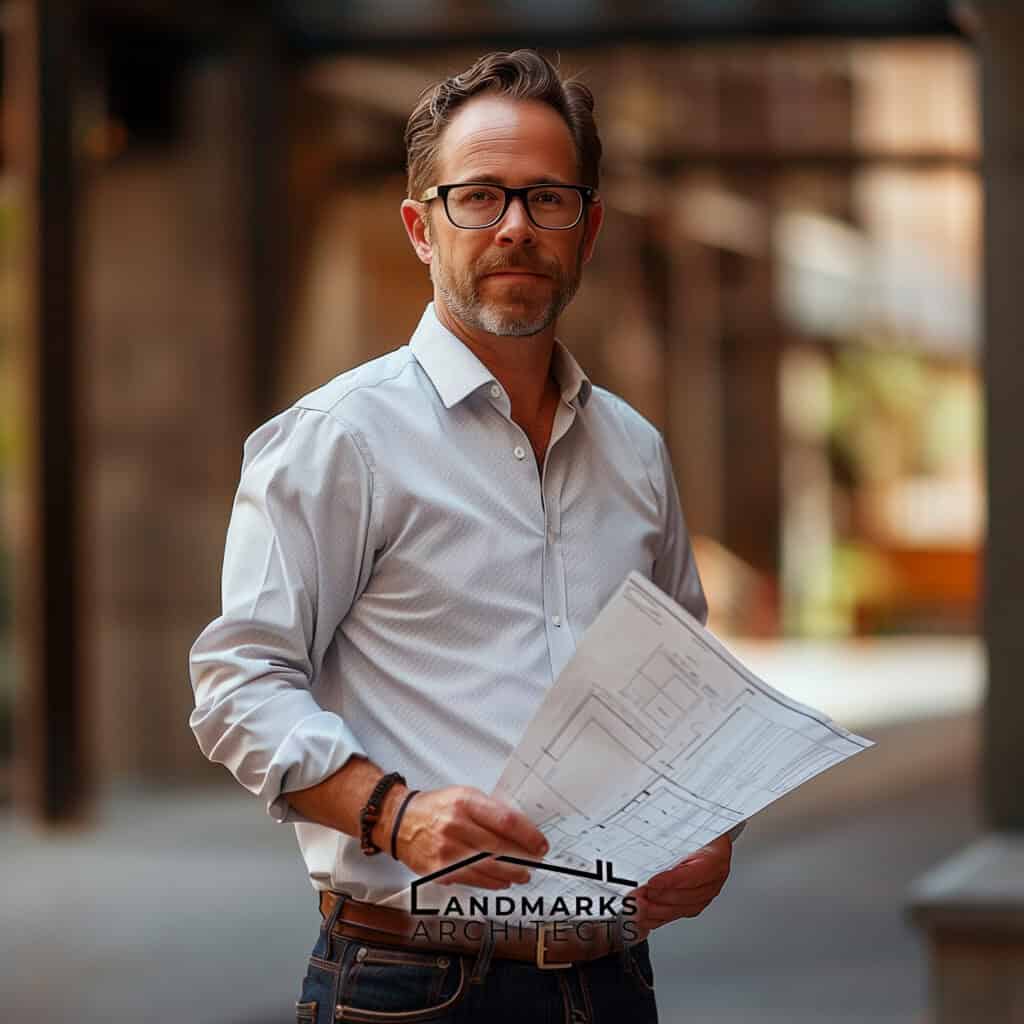

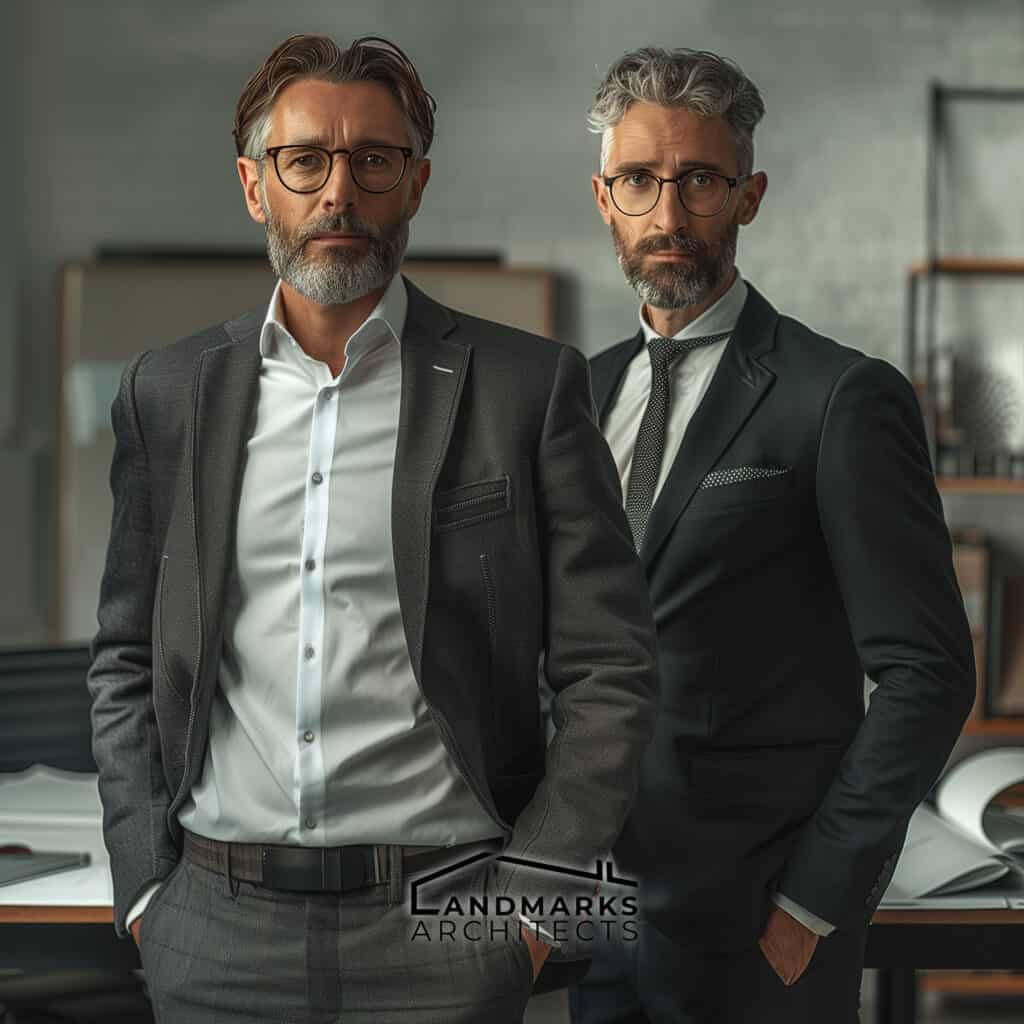
An architect’s attire significantly shapes their professional image, reflecting attention to detail, respect for their environment, and adherence to industry standards. This attire reinforces architects’ credibility as knowledgeable professionals in the built environment.
3 Components of an Architecture Outfit
Architects are not only defined by their designs but also by what they wear. The choice of attire plays a crucial role in ensuring functionality, safety, and projecting a professional image within the field of architecture.
1. Professional Attire
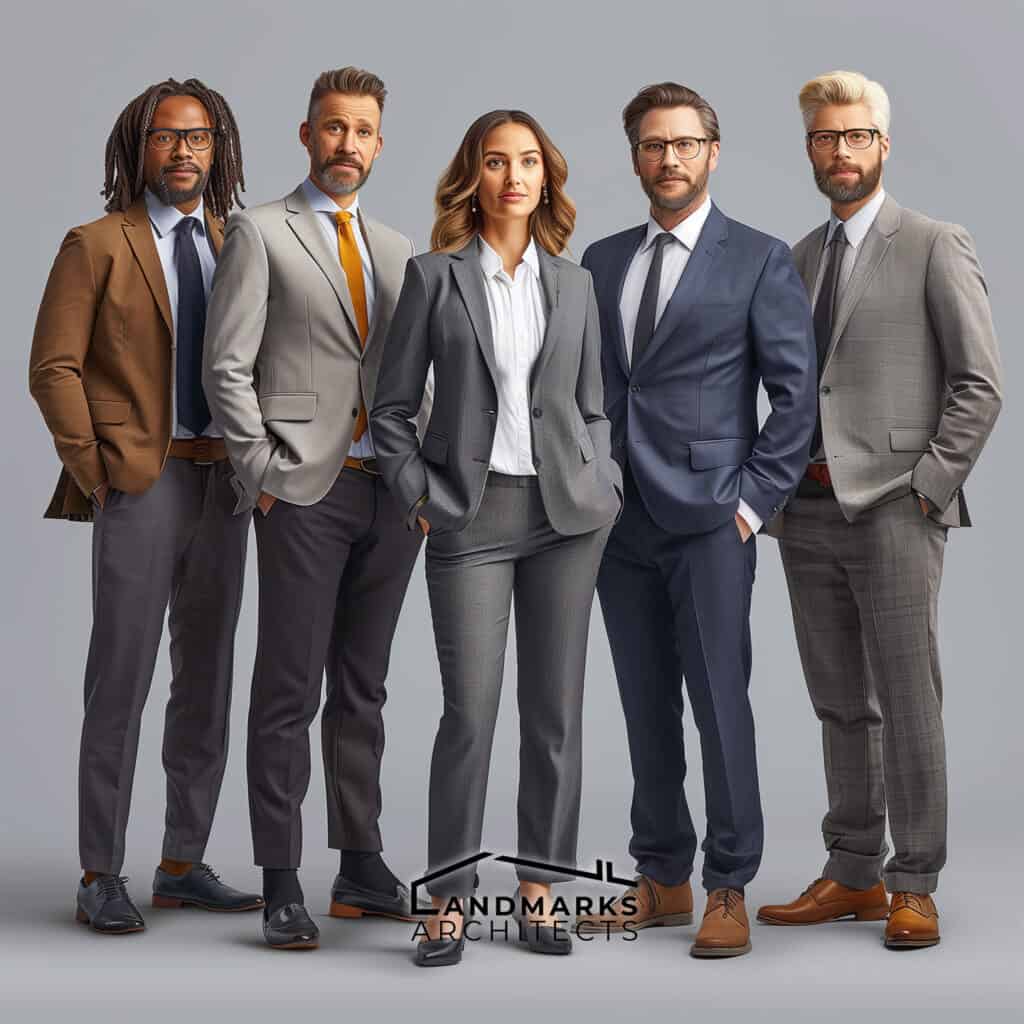
Professional attire is an essential component of an architectural outfit. Architects should dress appropriately for the job at hand, whether that be meeting with clients or visiting a construction site. Standard clothing items such as suits and casual business wear are common choices.
2. Safety and Functional Gear
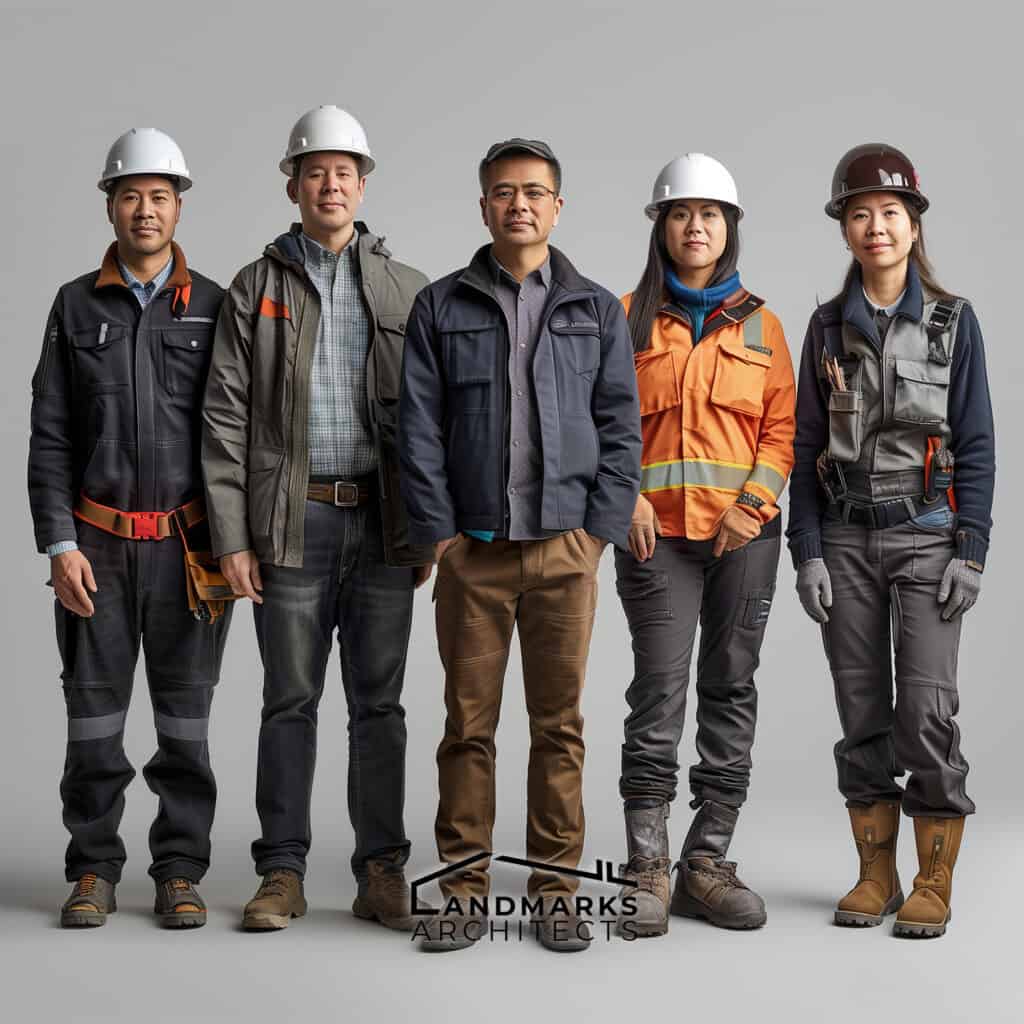
Protective clothing and gear are necessary when working on construction sites. Hard hats, safety glasses, and steel-toed boots are common items that architects wear to ensure their safety. Compliance with industry standards is crucial to ensure that architects are protected from potential hazards.
3. Tools and Accessories
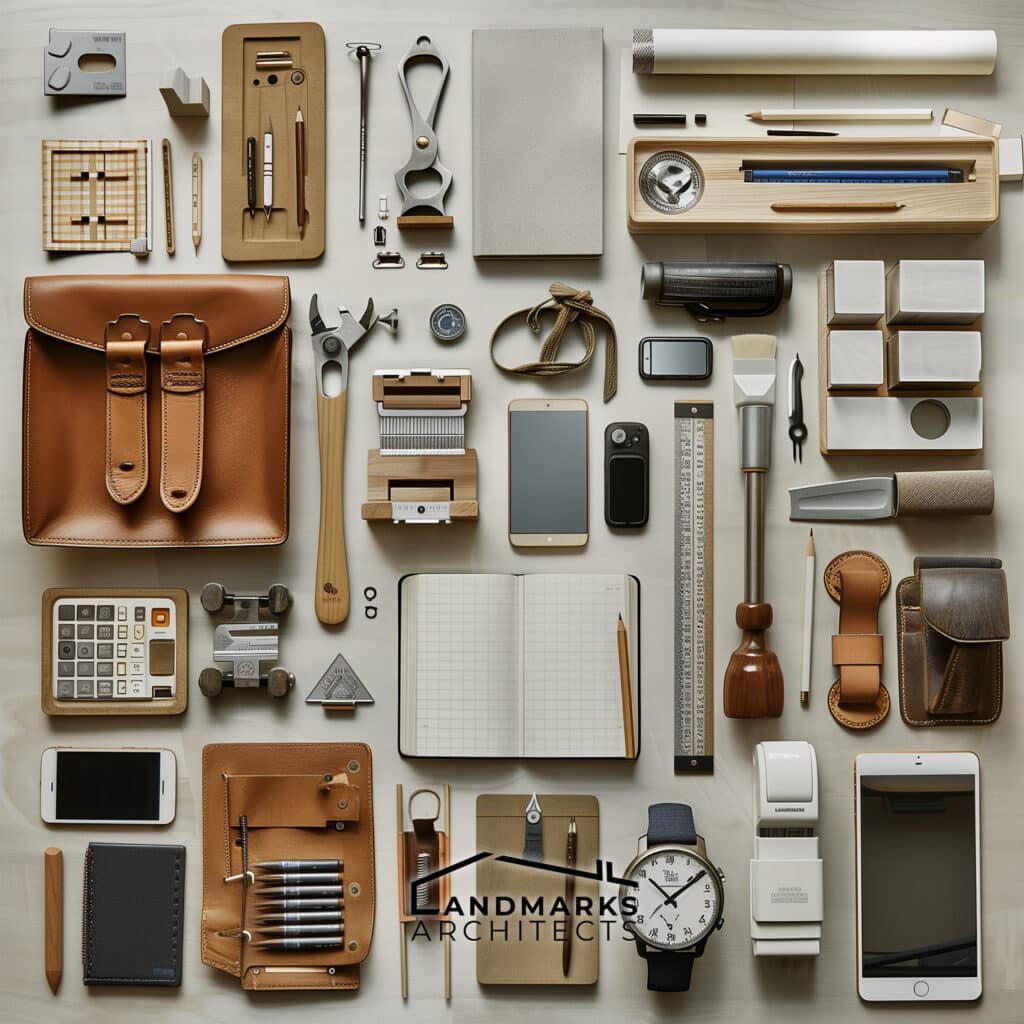
Architects use a variety of tools and accessories in their work. Measuring tapes, notebooks, and drafting pencils are common items that architects carry with them. Digital accessories such as tablets and smartwatches are also useful for architects who need to stay connected while on the go.

Case Studies
Prominent Architects and Their Outfits
Many famous architects have their own unique style, which is reflected in the way they dress.
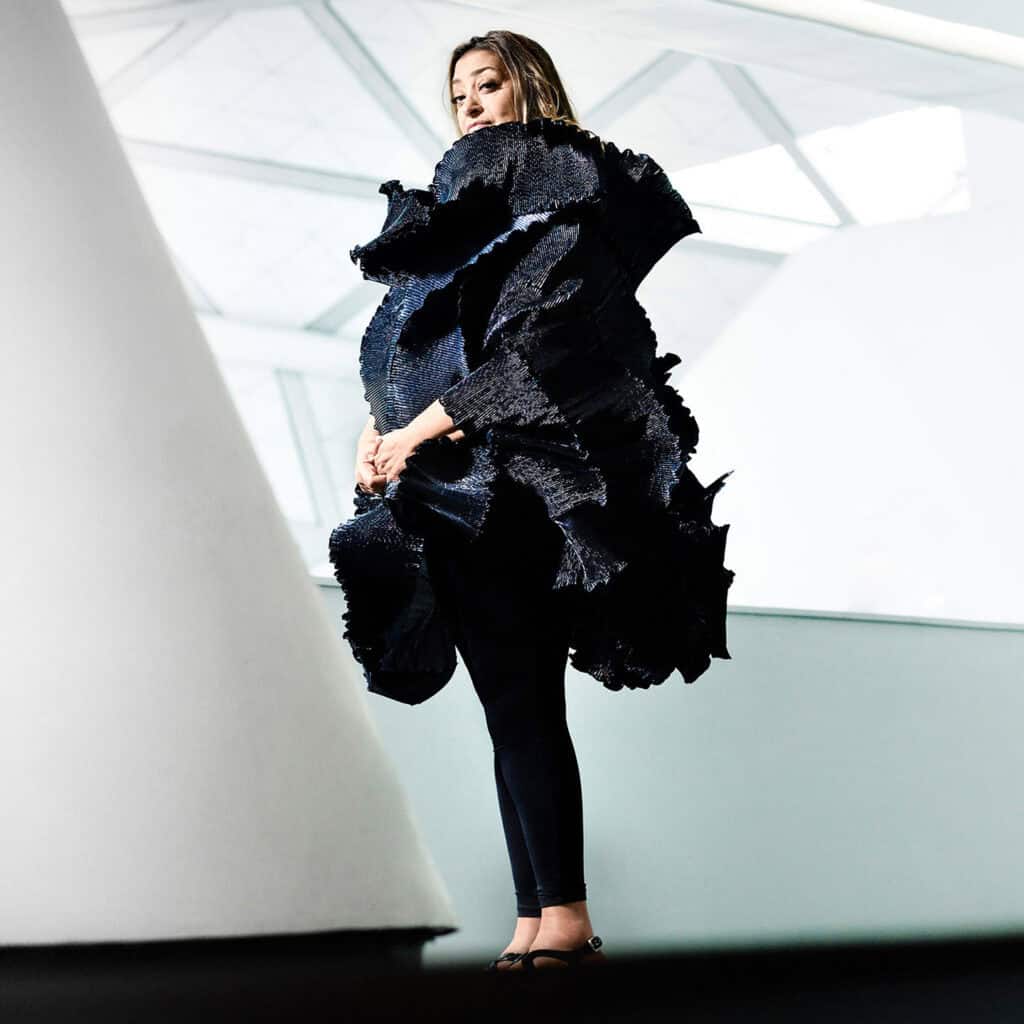
Zaha Hadid: Zaha Hadid, the first woman to win the Pritzker Architecture Prize, was known for her bold and unexpected fashion choices. Her outfits were often avant-garde because she was interested in design and innovation.
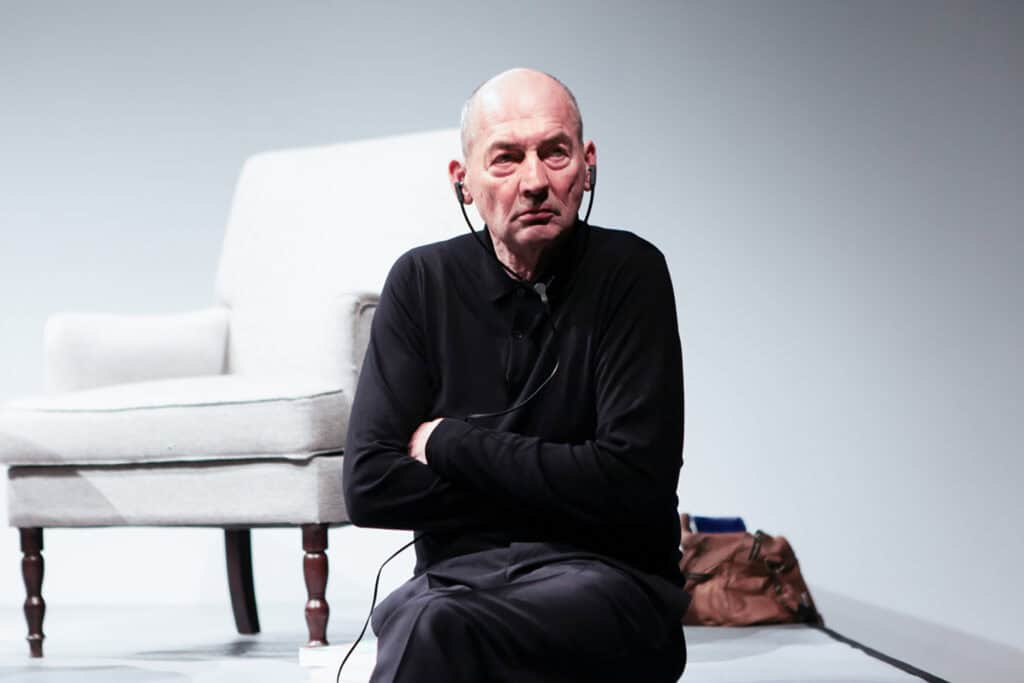
Rem Koolhaas: Rem Koolhaas, the founder of the Dutch architectural firm OMA, is known for his minimalist and utilitarian outfits. He prefers to wear simple black clothing, which reflects his commitment to functional design.
Architectural Firms and Dress Codes
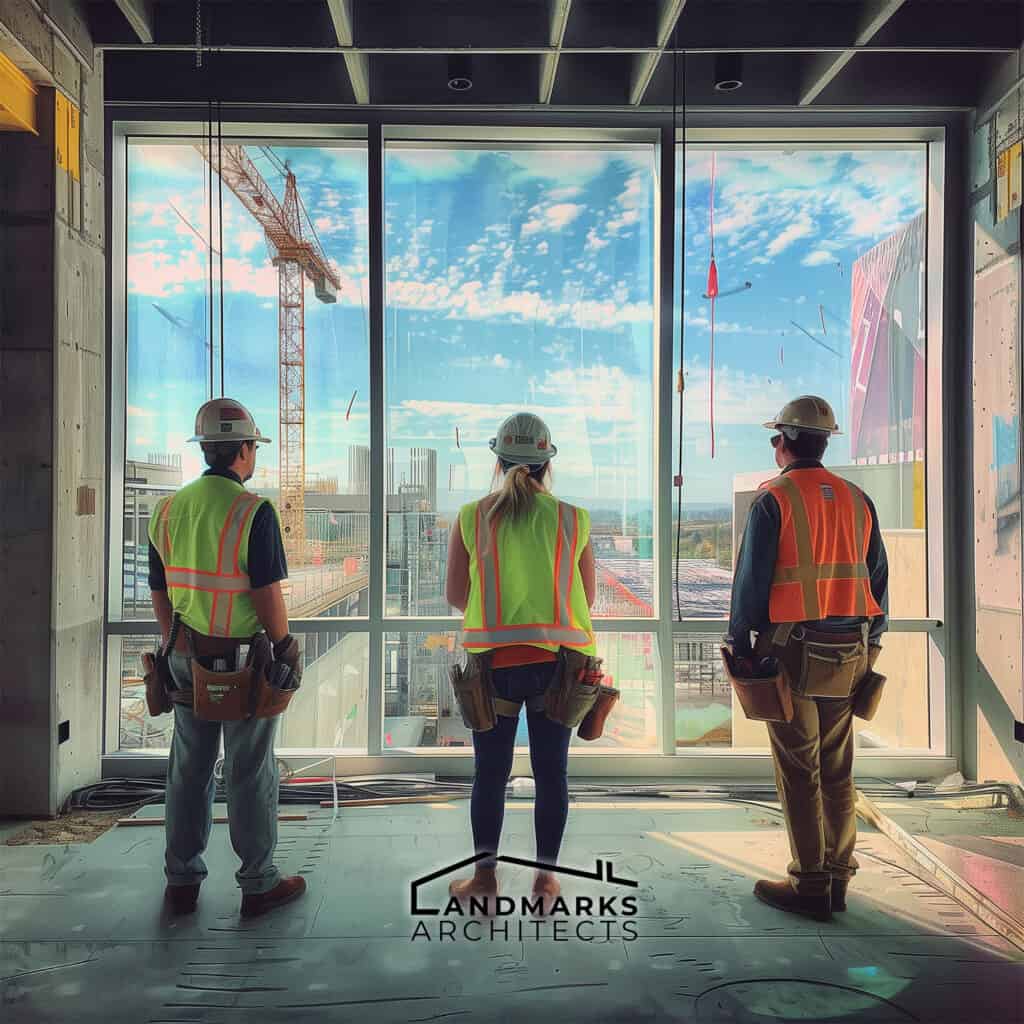
Architectural firms often have their own dress codes, which can impact company culture and productivity. The dress code can also vary depending on the type of work being done.

For example, employees working on construction sites may need to wear safety gear, while those working in interiors may have more flexibility.
Architectural Outfit: A Recap
In essence, the architecture outfit is not merely a matter of attire; it functions as a strategic asset that optimizes functionality, prioritizes safety, and fosters a strong professional presence.
As interest in architectural professions continues to grow among women and people from varied backgrounds, the significance of a well-chosen outfit becomes even more pronounced. It not only reflects personal goals and professional aspirations but also serves as a symbol of inclusivity and innovation within the field.









